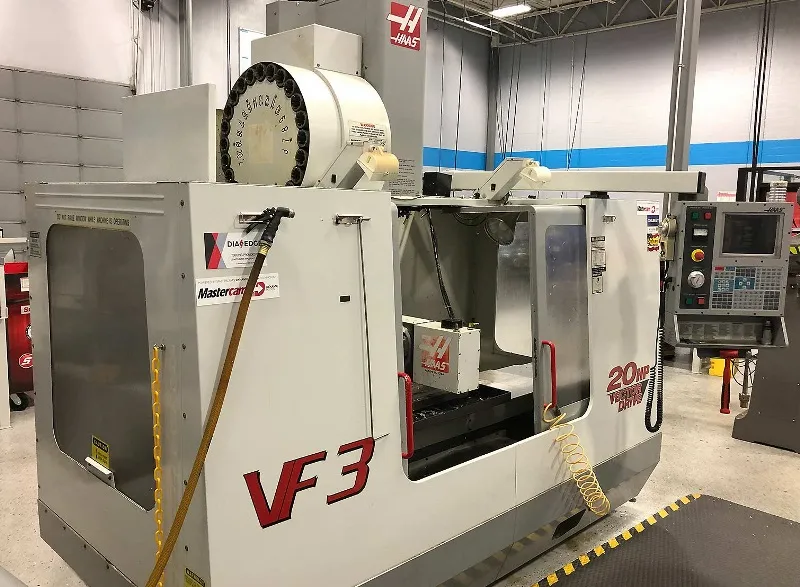In the comprehensive article titled “INTRODUCTION TO CNC MILLING,” sourced from UTI’s blog, provides an enlightening insight into the world of computer numerical control (CNC) machining, shedding light on the intricacies of CNC milling and its role in crafting custom-designed parts with unparalleled precision.
For individuals stepping into the CNC machining arena, the multitude of terms, from geometric dimensioning and tolerancing to grinders, lathes, and mills, can initially appear overwhelming.
Central to the CNC machining realm is the concept of CNC milling. This mechanical process harnesses the synergy of computerized controls and rotating cutting tools to sculpt workpieces into meticulously tailored components.
Delving into the heart of CNC milling, a process that employs computerized controls and rotating cutting tools to sculpt workpieces, fashioning final products that impeccably align with specified requirements. A diverse array of materials, ranging from plastic and metal to wood and glass, can be shaped through this transformative process.
Within the realm of CNC machining, various techniques are at play, encompassing mechanical, electrical, chemical, and thermal methodologies. Of these, CNC milling stands as a quintessential mechanical process, relying on mechanized cutting and drilling procedures devoid of manual intervention.
Curious minds are guided through the intricacies of a CNC mill’s operation. Much like the balletic steps of a well-choreographed performance, the CNC milling process involves crafting a computer-aided design (CAD) model, configuring the CNC milling machine, and orchestrating the machine’s operation to bring forth the desired component. This step-by-step journey seamlessly converges craftsmanship and technology to birth precision-engineered creations.
For more comprehensive insights into Toolcraft Corp’s capabilities follow this link.
Photo and article with all rights reserved, courtesy of www.uti.edu





